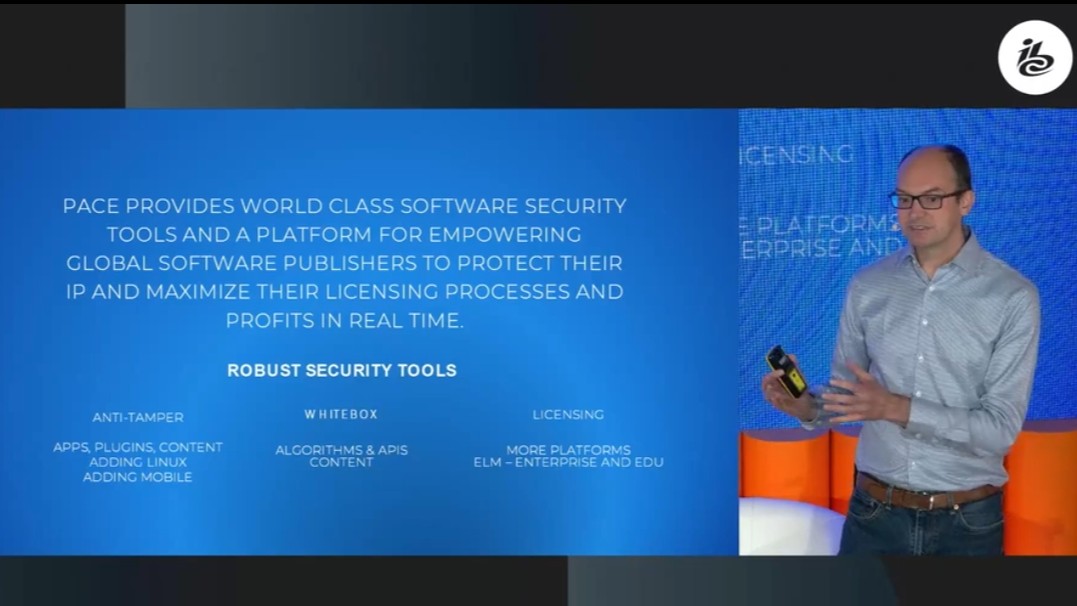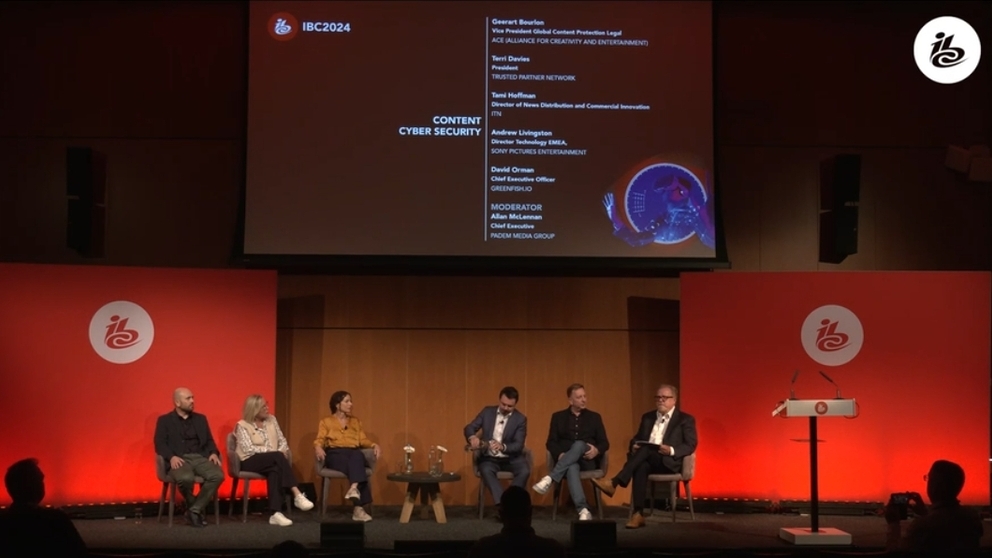Neal Michie, Director of Product Management at PACE Anti-Piracy, discusses how intellectual property in the form of algorithms deployed on the edge can be reverse engineered and stolen, and how a white-box solution can prevent this process from taking place.
New algorithms, increasingly AI and ML-based, are driving the large proportion of innovation in the media and entertainment space. Therefore, protecting the value being built means protecting those algorithms.
We see it time and again at PACE. A company with a brilliant innovative idea goes to market with its intellectual property (IP) properly protected and it reaps the rewards. We also regularly see the flip side, companies with equally brilliant ideas coming to us after their IP has been stolen and they are struggling to generate revenue...
You are not signed in.
Only registered users can view this article.

Measurement, currencies and walled gardens: how do we solve the video industry’s headache?
Ophélie Boucaud, Principal Analyst - Media & Telecom at Dataxis, provides a European perspective on overcoming the current challenges associated with fragmented viewer and advertising metrics.

How can broadcast engineers keep pace with seismic shifts in the media tech landscape?
IT-based broadcasting is continually evolving and engineers face new challenges in key growth areas such as IP-based production and cybersecurity. John Maxwell Hobbs breaks down the resources at hand to help broadcast engineers stay on top of their game.

Overcoming 5G capacity and latency issues for live production
What are the main considerations for using 5G for live production? David Thompson, DPP’s Technologist Strategist, provides an oversight of key pointers and potential pitfalls when adopting 5G.
How to create clearer reporting metrics for ad-supported streaming services
Ophélie Boucaud, Principal Analyst at Dataxis, sheds some light on the quest for more relevant and comparable performance metrics in the ad-supported streaming world, and what needs to happen to create greater transparency.

What did CES 2024 reveal about the state of generative AI?
In January 2020, when global pandemics were thought only to happen in movies, the Consumer Electronics Show (CES) attracted a staggering 171,000 visitors.




